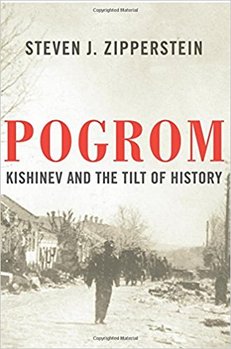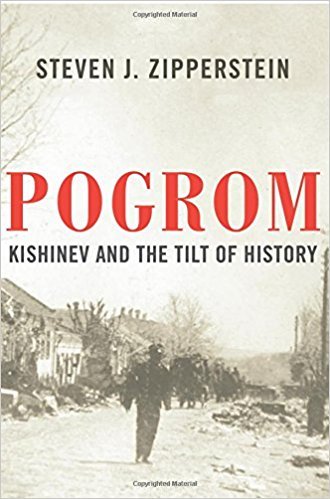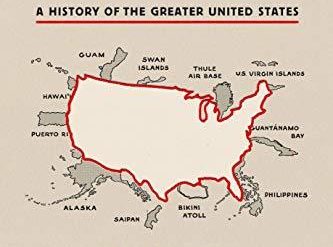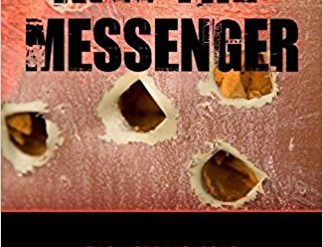
It was the event that introduced the word “pogrom” to the world outside Russia. Its name is little known elsewhere today, but among generations of Israelis and in the homes of many older Jews around the world, the murderous rampage that took place in the Eastern European city of Kishinev on April 19 and 20, 1903, is a household word. Four decades before the worst days of the Holocaust, the pogrom in the city now known as Chișinău epitomized the violence directed at the Jewish people in the Russian Empire. Forty-nine Jews were savagely murdered during those two days and at least forty Jewish women raped. While those numbers seem insignificant when compared to the millions who died under Nazi terror, the Kishinev pogrom shocked the world at the time and for years afterward. Before the Holocaust, that event highlighted for the first time the deadly consequences of anti-Semitism.
Estimated reading time: 6 minutes
Sensational stories published worldwide
Kishinev was the subject of sensational news stories worldwide; several widely read books about the event were written, along with an epic poem taught in Israeli schools for decades. Stanford University history professor Steven J. Zipperstein recalls this tragic event and its historic consequences in his splendid new book, Pogrom: Kishinev and the Tilt of History.
“No Jewish event of the time,” he writes, “would be as extensively documented. None in Russian Jewish life would leave a comparable imprint” despite the fact that the Kishinev pogrom was “by no means worse than many others at more or less the same time.” In fact, the 1903 massacre remained a symbol of the plight of the Jewish people even after the ferocity of the Russian Revolution more than a decade later. For example, Zipperstein notes, “it seems clear that no fewer than one hundred thousand Jews were murdered . . . and at least that many girls and women raped and countless maimed between 1918 and 1920” in the White Terror that followed the Bolshevik coup. Yet Kishinev endured as the epitome of anti-Semitism. Before the Holocaust, the huge toll in Kishinev seemed incomprehensible.
Pogrom: Kishinev and the Tilt of History by Steven J. Zipperstein (2018) 288 pages ★★★★★
Today, Chișinău houses a population of nearly 700,000. It’s the capital of the Republic of Moldova, a country of some three million people tucked between Ukraine and Romania in southeastern Europe. In 1903, the town was on the southwestern fringe of the Russian Empire.The city was the fifth most populous urban center in the Russian Empire at the time, even larger than Kiev. It held a population of nearly 110,000, of which well over one-third were Jews. (Some polls placed the proportion as high as forty-seven percent, according to Zipperstein.) “Jewish stores lined its streets, their stalls filled its marketplaces, and they were spread throughout the city in neighborhoods both poor and rich,” the author notes.
Debunking the mystery of the Protocols of the Elders of Zion
The Kishinev pogrom, and the notorious Protocols of the Elders of Zion that followed it closely, were long thought to have been the work of the secret service of the Russian imperial government. Zipperstein’s research reveals that this was almost certainly not the case. “Sufficient evidence exists,” he writes, “to point to a clutch of local activists—not the imperial government—closely linked to [a rabidly anti-Semitic newspaper]; it was they who, with the help of right-wing student radicals, likely managed to stir up the riot’s start . . .”
The man Zipperstein identifies as “the key inspiration” behind the pogrom was a Russian newspaper publisher named Pavel Krushevan. This man “would become, soon after Kishinev’s pogrom, the publisher—and almost certainly among the authors—of the first version of The Protocols of the Elders of Zion. None of the effects of the Kishinev massacre would prove nearly so consequential as this bizarre and spectacularly influential forgery.” As Zipperstein explains, “nearly the entire document was lifted [verbatim] from a book [written in French] that had nothing at all to do with Jews.” Henry Ford famously paid for the printing of 500,000 copies of a later version that was circulated throughout the United States.
Four individuals play central roles
Zipperstein largely centers his book on four individuals. Krushevan was one of them, of course, but two outsiders also played pivotal roles through their written accounts based on extensive research conducted in the wake of the event. An Irish nationalist named Michael Davitt, working as a journalist, wrote a series of sensational articles for William Randolph Hearst’s New York American that Zipperstein finds remarkably accurate; a book followed under the title Within the Pale: The True Story of Anti-Semitic Persecution in Russia.
A Hebrew poet named Hayyim Nahman Bialik’s epic, “In the City of Killing,” is “widely considered the most influential poetic work written in a Jewish language since the Middle Ages.” (Bialik spent five weeks in Kishinev, most of it interviewing victims.) And a local Jewish community leader named Jacob Bernstein-Kogan was responsible for contacting newspapers throughout the world. Immediately after the pogrom, he rushed around town collecting money to pay for the telegrams that brought Davitt and Bialik to the city and brought the massacre to the attention of readers all around the globe.
A link to the founding of the NAACP
One of the most consequential after-effects of the Kishinev pogrom was the role it played in the founding of the NAACP (originally the National Association for the Advancement of Colored People). The outrage caused in the United States by the news of the massacre triggered widespread discussion comparing the murder of Jews in Russia to the lynching of African-Americans. A public campaign to highlight the similarity was promoted by “a remarkable now-little-known couple, William English Walling and [Russian-born and Yiddish-speaking] Anna Strunsky . . . The Wallings were the first to champion the cause of treating black lynching no less seriously than Russia’s anti-Jewish pogroms. The founding meeting for what soon would emerge as the NAACP took place in 1909 in their New York City apartment.” Walling became the first chairman of the organization.
For related reading
This Pogrom book review represents an enduring interest of mine. I’ve reviewed a number of books, both nonfiction and fiction, about the Holocaust and related topics. If you’re interested, type the word “Holocaust” in the search box in the upper left-hand corner of the home page. I’ve also reviewed More than 30 great books about Jewish topics. One book in particular merits attention: Odessa: Genius and Death in a City of Dreams by Charles King (The roots of antisemitism lay deep in the Russian Empire). And to see the impact of the Kishinev Pogrom on the history of the Jewish state, see Israel: A Concise History of a Nation Reborn by Daniel Gordis (A balanced new history of Israel, warts and all).
This is one of the many Good books about racism.
You might also be interested in my post 5 top nonfiction books about World War II.
You may enjoy browsing through 20 top nonfiction books about history
If you’re looking for a broader view of human history, check out New perspectives on world history.
And you can always find my most popular reviews, and the most recent ones, on the Home Page.


























